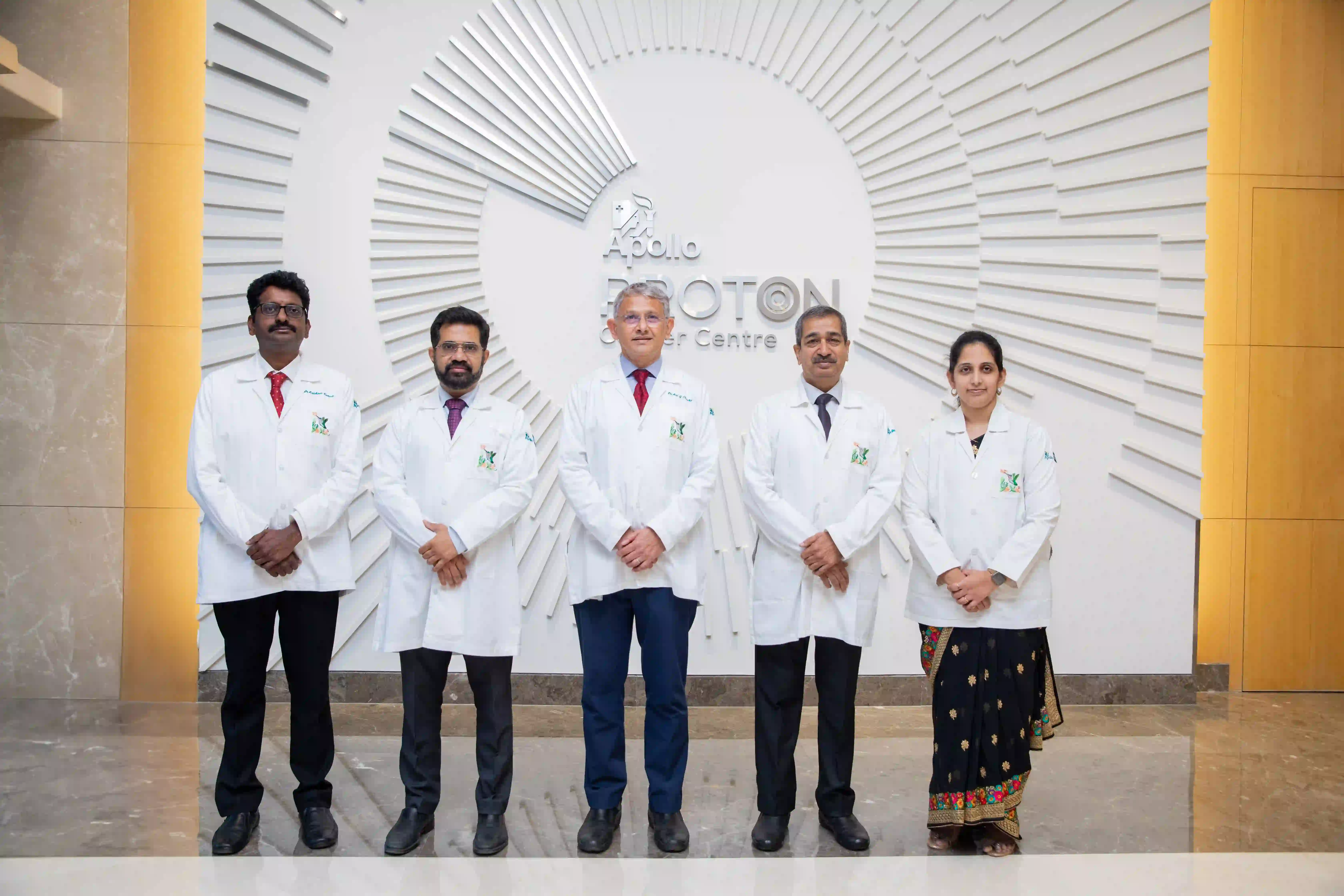Arteriovenous Malformations (AVMs)
Welcome to APCC's neurosurgery website, where we describe to you arteriovenous malformations (AVMs)—a complex vascular anomaly that demands expertise, precision, and a patient-centered approach. We explore their characteristics, diagnosis, and contemporary treatment strategies.
Understanding Brain Arteriovenous Malformations (AVMs): Brain AVMs are abnormal tangles of blood vessels in the brain, connecting arteries directly to veins without the normal capillary network. This structural anomaly can lead to abnormal blood flow, irritating the surrounding brain tissue and increasing the risk of hemorrhage.
Characteristics and Risk Factors: Brain AVMs exhibit a wide range of characteristics:
- Size: AVMs can vary in size, from small and relatively benign to large and complex.
- Location: They can develop in various brain regions, impacting different neurological functions.
- Hemorrhage Risk: AVMs carry a cumulative risk of bleeding into the brain, which can lead to life-threatening consequences.
- Epilepsy: Some AVMs located near areas controlling movements, sensations, language can cause epileptic fits beginning at a young age.
- MRI and CT Scans: These imaging techniques provide information about the size, location, and characteristics of the AVM, including whether they have bled in the past
- Angiography: This imaging procedure provides detailed images of blood vessels, helping to visualize the abnormal connections in AVMs, which arteries feed the AVM and which veins drain them.
- Surgery: Surgical removal (resection) of the AVM can be performed, but its feasibility depends on the size, location, and patient's overall health.
- Radiation Therapy: Techniques like stereotactic radiosurgery target the AVM with high doses of radiation, causing the abnormal vessels to undergo thrombosis or clotting and finally to close off over time usually upto 3 years. It must be remembered that during this waiting period the risks of bleeding or hemorrhage remain until the AVM has completely gone.
- Embolization: Injecting glue into the feeding arteries to obliterate the nidus of the AVM sometimes cures the patient particularly in small AVMs.
- Conservative treatment: It has been found that patients with very large AVMs, larger than 4-6 cm in size, often located in dangerous areas of the brain, do not do well with any active form of treatment. These patients often only have seizures, are quite functional and have a low risk of bleeding into the head. Therefore, leaving them alone and treating their epileptic fits with medications without any surgery or radiation is probably the best strategy.
- Neurosurgeons: Proficient in surgical resection and coordinating treatment plans.
- Interventional Neuroradiologists: Experts in minimally invasive procedures like embolization.
- Radiation Oncologists: Consult on radiation therapy for AVM closure.
- Neurologists: Provide comprehensive neurological evaluation and management.
Diagnosis and Evaluation: Accurate diagnosis of brain AVMs is crucial for effective management. Diagnostic techniques include:
Contemporary Treatment Strategies: Treatment plans for brain AVMs are tailored to each patient's unique condition and needs:
Multidisciplinary Care: The management of brain AVMs requires a multidisciplinary approach:

Winning over Cancer with Apollo Proton Cancer Centre
A breakthrough in Cancer Care! The global growing cancer burden tells an ominous tale. To counter this growing threat, Apollo Proton Cancer Centre provides a complete and comprehensive solution. As cancer care has become one of the fastest-growing healthcare imperatives across the world, we believe it is critical to redefine our purpose, to reboot our commitment on the single-minded focus - to battle cancer, to conquer cancer! APCC stands as a ray of hope for millions, infusing them with the courage to stand and stare cancer down.

Copyright © 2023 Apollo Proton Cancer Centre. All Rights Reserved





